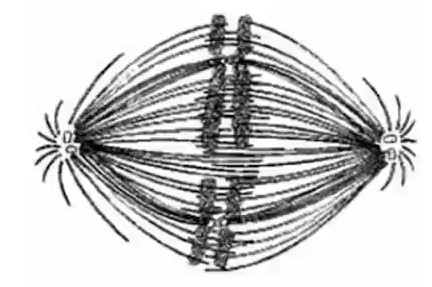#Question id: 5577
#SCPH01 Biochemistry
Totipotency is a term used to describe a cell's ability to give rise to a complete new organism. In plants, this means that ________.
#Question id: 5577
#SCPH28 | Zoology
Totipotency is a term used to describe a cell's ability to give rise to a complete new organism. In plants, this means that ________.
#Question id: 5578
#SCPH01 Biochemistry
The phase change of an apical meristem from the juvenile to the mature vegetative phase is often revealed by ________.
#Question id: 5578
#SCPH28 | Zoology
The phase change of an apical meristem from the juvenile to the mature vegetative phase is often revealed by ________.
#Question id: 5579
#SCPH01 Biochemistry
Most of the growth of a plant body is the result of
#Question id: 5579
#SCPH28 | Zoology
Most of the growth of a plant body is the result of

